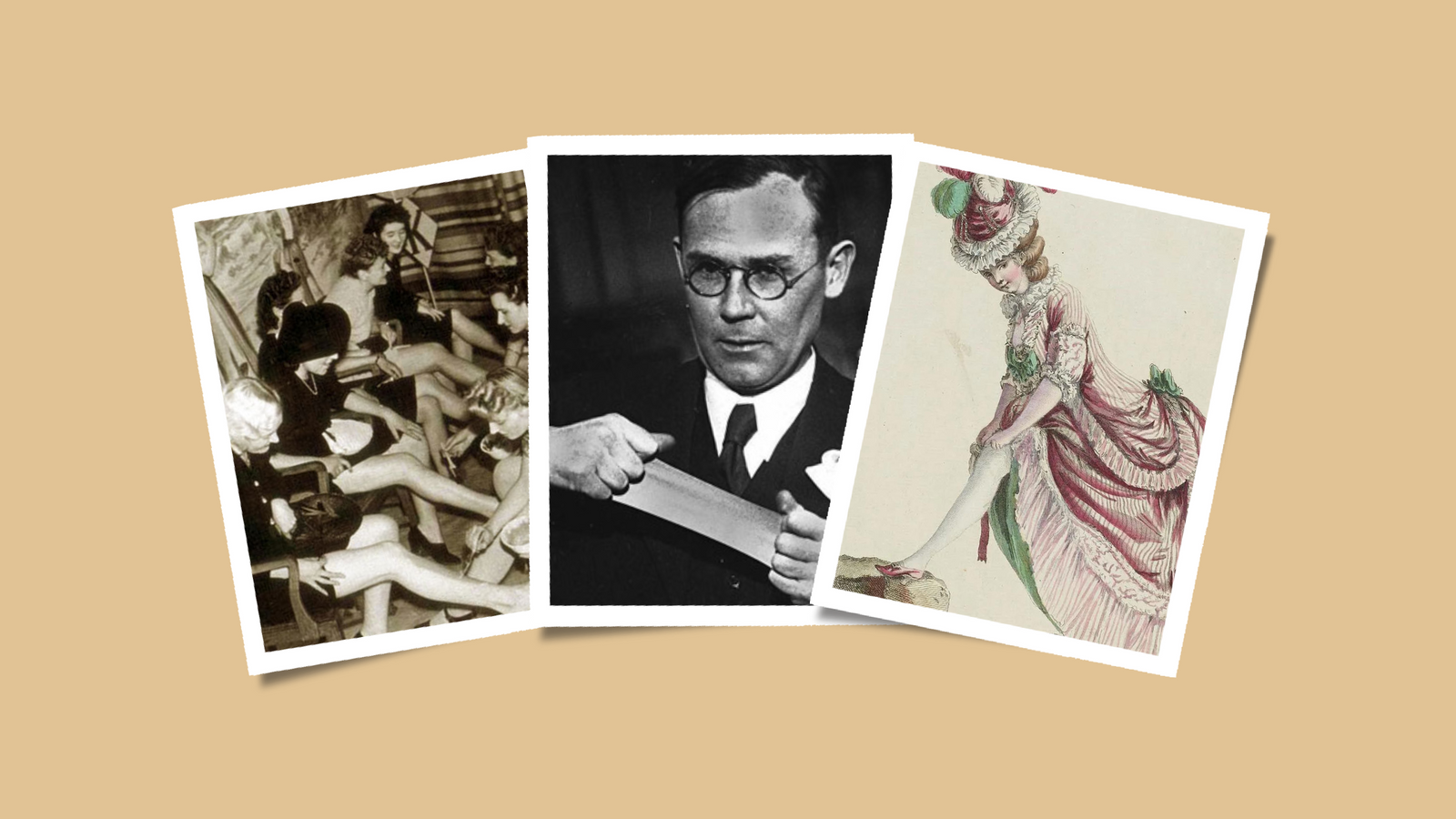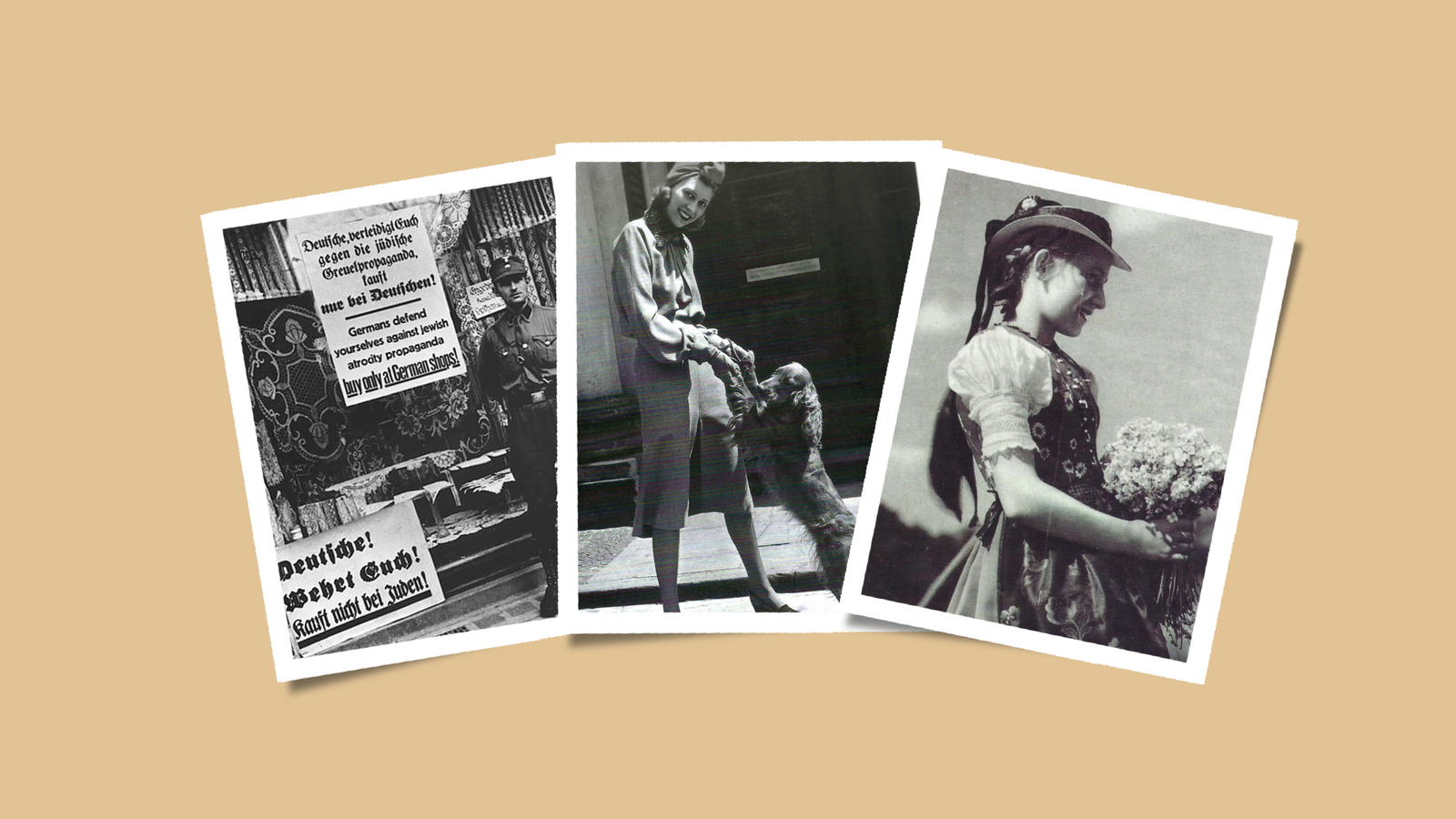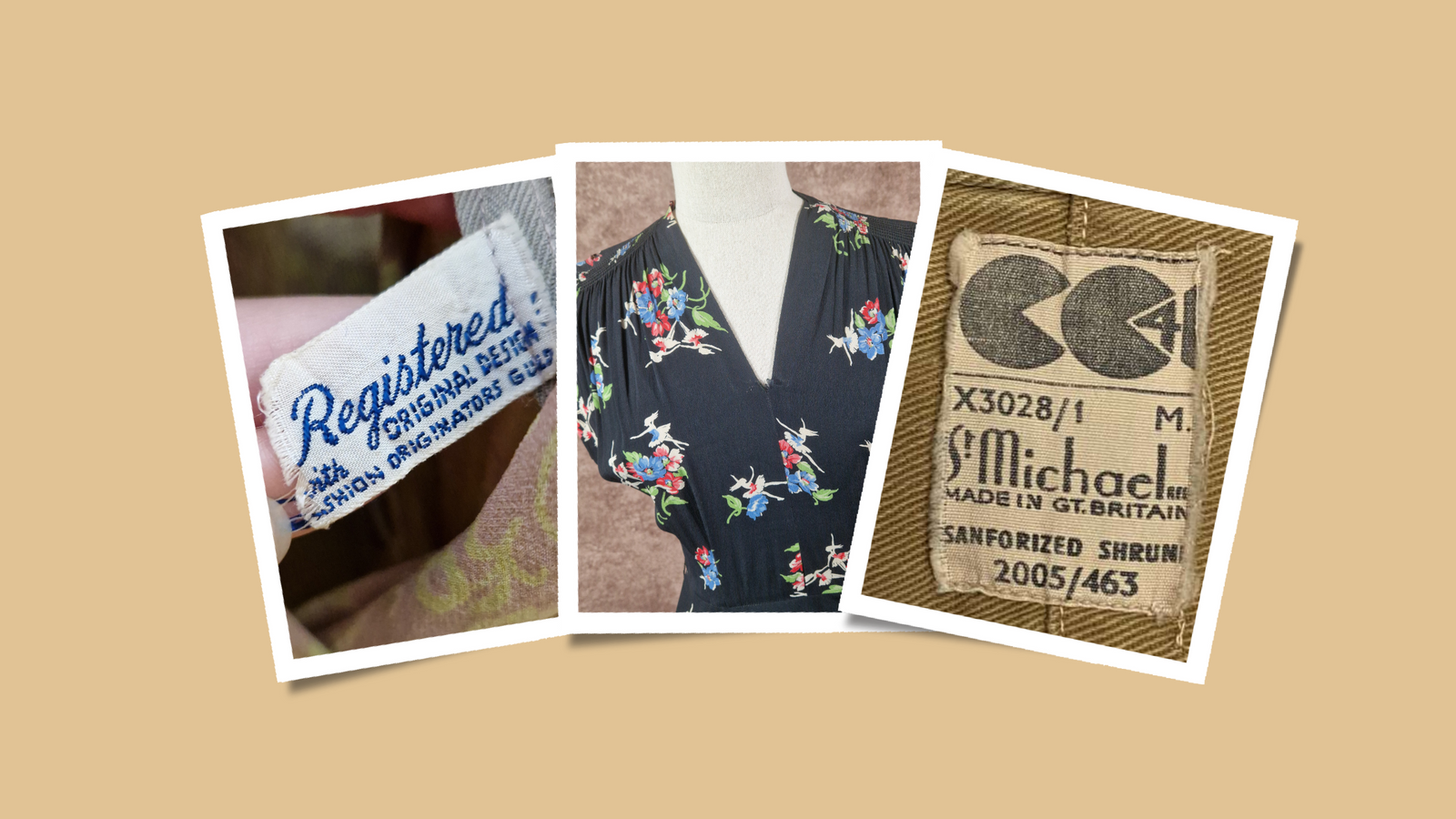Unravelling the Threads of Time: History of Hosiery
Hosiery has woven a remarkable story, tracking back centuries and evolving through cultures and trends. From ancient civilisations to contemporary catwalks, hosiery has significantly shaped fashion and reflected societal norms. Join us on a fascinating journey through time as we unravel the rich history of hosiery, exploring its origins, and transformation in wartime restrictions.
Ancient Threats: The Birth of Hosiery
The origins of hosiery can be traced back to ancient civilisations, where both men and women adorned their legs with rudimentary forms of leg coverings. In ancient Egypt, leather and cloth wraps protected legs from harsh weather conditions.
An ancient Egyptian sock after resoration by National Museums Scotland
The trend quickly spread to ancient Greece and Rome, where woven fabrics made from wool and silk became especially popular among the higher classes. Centuries later, stockings and hosiery became commonplace across the globe. Stockings, in Britain in particular, were often worn by men riding horseback due to their flexibility and ability to preserve heat in the legs.
Renaissance Elegance: Hosiery in Europe
During the Renaissance period, Europe witnessed a surge in artistic and cultural advancements, leading to innovations in textile production. Significant advancements in hosiery production were thanks to Reverend William Lee who created the first knitting machine in 1598. As a clergy member, he had the opportunity to present a pair of silk tights to Elizabeth I - but apparently, she wasn’t particularly impressed. Rev. William Lee may not have impressed royalty that year, but he had laid the path for hosiery to be produced on a larger scale than before - but was still largely limited to the higher classes.
Illustration of William Lee, inventor of the knitting frame
Nobles and aristocrats began wearing intricately designed stockings made from luxurious silk and wool and would be elaborately embroidered to showcase the wearer's status and wealth - especially if the stocking was imported from specialists in Spain.
Industrial Revolution: Hosiery for All
The 18th and 19th centuries saw the textile industry undergo another transformation thanks to the Industrial Revolution. Production techniques and machinery were developed and allowed for stockings and socks to be made on a larger scale, making them more affordable for various social classes. Hosiery in Britain became an essential part of everyday attire, reflecting the changing fashion sensibilities of society - especially with the Victorians.
1778 French hosiery featuring silk stockings held up by garters
In 1803 the first pair of tights were created with the intention to replace petticoats. Tights would protect ladies' modesty as their legs would be fully covered, offered additional warmth (a must for British weather), and could wear more free-flowing dresses and skirts on top.
In typical Victorian fashion, society at the time viewed tights as a lewd replacement for petticoats and weren’t considered acceptable fashion. Stockings remained the popular option, and it wouldn’t be until the 1950s tights really took off.
Roaring Twenties: Hosiery as Fashion Statement
The 1920s marked a turning point in hosiery fashion with the rise of flapper culture and the popularity of shorter hemlines.

Women embraced sheer stockings, often embellished with elaborate patterns and seam lines, adding a touch of glamour to their outfits. Stockings were often dyed vibrant colours to match women's dresses to make statement ensembles.

1920s hosiery advertisement, showing a range of colours
The Utility of Nylon: 1930s Innovation
In 1938 DuPont created the first nylon stockings which revolutionised the hosiery industry, offering a more durable and affordable alternative to silk - especially when silk became hard to import during the Second World War (in 1939, the US was dependent on Japan for 90% of its silk imports). Nylon (also created as ‘fiber 66’) was originally named ‘norun’ - but the fabric could run and ladder, so was renamed to nylon.
Wallace Carothers, creator of 'nylon 66' at DuPont's research facility
Nylons' lightweight, sheer qualities and high tensile strength, even when wet, were showcased at the New York World’s Fair of 1939-40. Nylon stockings went on sale to the general public in the US on the 15th of May 1940 and were a resounding success.

About 192 million pairs had been produced by the time the US entered the war, but on the 11th February 1942 DuPont turned over all nylon to the US War Production Board to be used for parachutes, rope, and any other essentials for the war effort. The availability of stockings for civilians became extremely limited, and women were encouraged to take good care of their stockings to make them last longer.

Raw materials and factories that made hosiery were repurposed for parachutes and other essentials for the war effort
The 1940s: Elegance and Resilience in Every Thread
The 1940s was a decade defined by resilience, courage, and a spirit of unity, as the world grappled with the challenges and restrictions of wartime. To stay well dressed remained a symbol of hope and expression of strength across Britain.

1941 catalog
By 1941, the supply and distribution of civilian clothing was faltering. Factories had been commandeered for war production, depleting the textile industries' skilled labour force. Raw materials became scarcer; a ban on silk for clothing, including stockings, came into effect in January 1941 and other fabrics were strictly controlled through rationing.
Stockings of all fabrics became increasingly hard to maintain as the war progressed, but the ‘Blitz Spirit’ attitude encouraged communities across the UK to ‘make do and mend’ (you can read more about this on ourFashion on The Ration Blog Post). The few pairs of stockings women had were prized, and specialist menders who used tiny hooked needles with latches to re-look ladder runs were hired. Women in service (such as the ATS) to whom stockings were supplied could only get a new pair when the old showed a certain number of dams - as many as twenty, depending on the supply and the officers' prerogative.

1940s stocking repair kit from the US
It was still against social convention to go bare-legged other than at home or the seaside, so the problem was greater for women of the 1940s than can be understood from our modern perspective. Many young women resorted to going bare-legged in the summer to preserve their hosiery, and the Australian government even forbade employers to require women to wear stockings in the office - slowly attitudes changed to accommodate the restrictions of war.
A bit of sun was the easiest way to improve the colour of white legs in climates like Australia, but in places like Britain, the possibility of sun tanning was very limited. Many women didn’t want to seem vulgar for being bare-legged so gravy browning, walnut juice, tea, iodine, and brown shoe polish were all tried to imitate the appearance of stockings. To add to the illusion, some used eyebrow pencils to draw lines up the back of their legs to resemble stocking seams.

Ladies getting their legs painted
Commercial leg paints appeared on the market, but the early ones were difficult to apply evenly and tended to run in the rain, staining dresses. Improvements were soon available from Elizabeth Arden, Helena Rubinstein, Max Factor, and L’Oréal cosmetic firms. Manufacturers advertised their products as non-staining and water-resistant, but in reality, all leg paints left some sort of residue on skirt hems and shoe linings. A bottle of liquid stockings cost about the same as a pair of rayon stockings but offered the equivalent of several pairs since care and luck were needed for real stockings to last more than a few occasions.

Many women took to wearing trousers for war work and continued to wear them outside of work, both for convenience and to preserve their precious stockings for special wear (it helped that Hollywood actresses had made trousers for women a popular style!).
Post War Hosiery
In 1958, tights were finally patented as ‘Panti-Legs’ by French scientist Allen Gant. Initially expensive and therefore not commercially viable, tights became successful with the phenomenon of the mini skirt.

1960s advert for tights
Mary Quant struggled to find the right sort of colour and finish initially and had to look to companies that manufactured tights for theatre and dance productions to complete her mini-skirted ensemble.

Mary Quant
While tights played a key role in the sixties youth fashion, their precursors, the silk and nylon stockings, are most sought after today. Silk stockings from as early as the twenties can still be found in an astonishing array of colours as, like tights, they have always been manufactured to coordinate an outfit.
In retrospect, hosiery in the 1940s was more than just a fashion accessory; it was a testament to the resilience and creativity of individuals facing challenging times. The 1940s hosiery styles continue to influence modern fashion, reminding us of an era when even in the face of adversity, people found ways to infuse grace and style into their everyday lives and continue to inspire contemporary fashion around the world.

Joan Blondell & Carole Landis in 'Topper Returns', 1941









Leave a comment (all fields required)